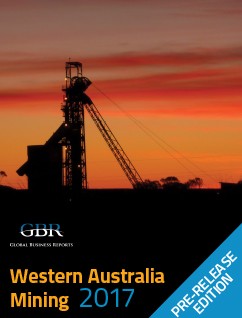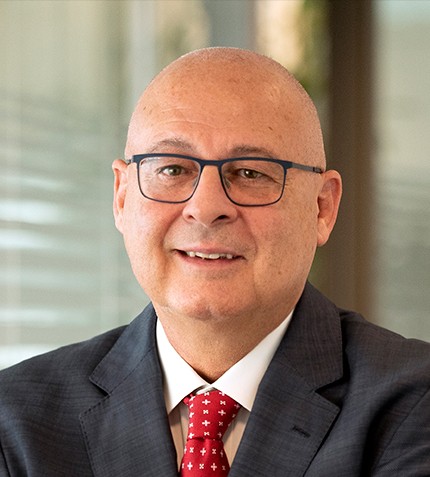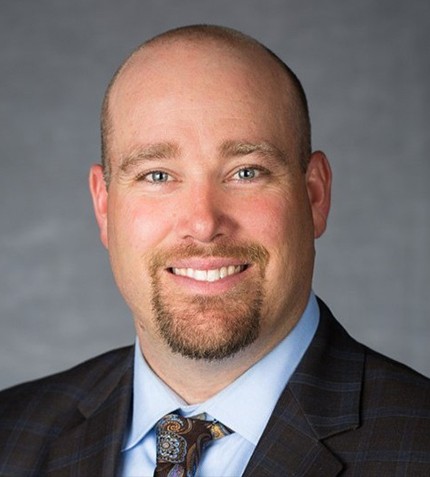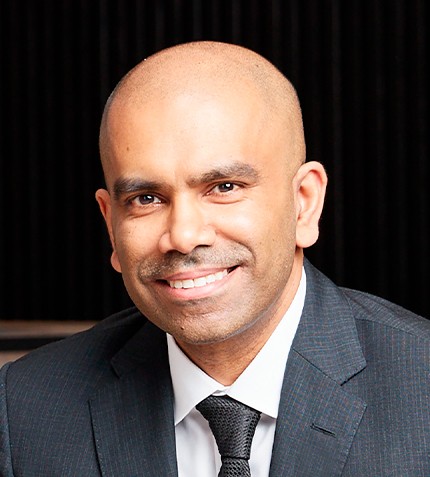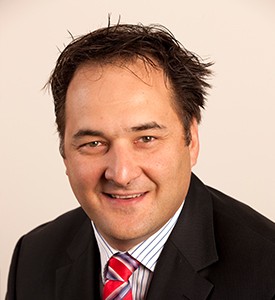
Navigating sustainable energy with dysprosium, the element needed for permanent magnets.
RELATED PUBLICATION
ARTICLES FROM THIS PUBLICATION
George Bauk
MANAGING DIRECTOR AND CEO, NORTHERN MINERALS
From a greenfields heavy rare earth explorer to being on the way to becoming the next global producer of high-value dysprosium outside of China, could you describe your current operations and landholdings in WA and Northern Territory?
Northern Minerals’ position today is a result of ten years of strategic planning. Our flagship project is Browns Range, which we aim to take into production in 2017. Back in 2011, we confirmed four xenomite mineralisation prospects with high value dysprosium, which we then realized were a part of a greater geological structure called the Browns Range Dome. We announced our maiden JORC HRE resource in 2012 and have quadrupled it in size since. The signing of a co-existence agreement with the Jaru people and an EIA took place, as well as pre-feasibility and definitive feasibility studies (DFS). Northern Minerals also owns John Galt 100%, which is in the East Kimberley region of WA. Our third focus, Boulder Ridge, in the Northern Territory, also hosts heavy rare earths.
What is Northern Minerals’ strategy to take the Browns Range project into production?
Our strategy to move into production begins with a three year testing phase, through a site based pilot plant, where we are currently finalizing an off-take agreement. The front end of the pilot plant can process 60,000 mt/y at 1.19% grade. It is a two- stage processing plant, with beneficiation and hydrometallurgical stages to produce 49,000 kg dysprosium in 590,000 kg TREO contained in a mixed RE carbonate per annum. The hydrometallurgical plant has a capacity of 3,200 mt/y. There is an average recovery of 80% for the full circuit, with the beneficiation plant at 90% and the hydrometallurgical plant at 90%. Philosophically, the pilot plant represents 10% of the full-scale operation in size. The first stage aims to de-risk the project, proving the ore body, the flow-sheet, and that the revenue account equals our sales agreement.
The second stage is to take the project to a bankable feasibility study (BFS) level, based on the DFS and outcomes from the pilot plant operation, to increase production and the ore reserves. The final stage is building the full-scale operation. At this point, the project would aim to process 585,000 mt/y to produce 279,000 kg/y of dysprosium.
How much funding is required to take Browns Rage forward and where are the financiers coming from?
Browns Range needs A$60 million and most of it will come from China. This is a very interesting aspect, given that the Chinese dominate the rare earth market. However, the Chinese culture likes to think in terms of the long term. In the Western world, companies are driven by revenue and shorter time horizons. In 2010, China stopped the export of rare earths minerals. After appealing to the WTO, China was forced to revert, but nobody established alternative heavy rare earth supply chains. All of the most active rare earth companies outside of China have some form of Chinese involvement.
What are the uses of dysprosium?
Dysprosium is an element used to produce NdDyFeB permanent magnets. This material allows them to remain magnetized at extremely high temperatures or when placed in an area with other magnetic sources. Permanent magnets are indispensable for various applications, such as hybrid and electric vehicles, wind turbines and electronics. Fossil fuels are limited and they damage the environment. Sourcing clean and sustainable energy is paramount for global operations moving forward. which makes this rare earth metal highly necessary.
Unlike other countries, Australian dysprosium has environmental approvals to ensure it does not harm the environment. However, once demand for rare earths increases, it will also increase the price, so the landscape is challenging to navigate. Having outrageous price spikes actually doesn’t help the industry because it creates substitution and disrupts the supply chain. Every commodity that spikes, makes it difficult to remain in the market.
What advice would you give to other explorers looking to establish operations in WA?
The most important elements are to have the end goal in mind and identify target stakeholders that can be taken along the whole journey. When it comes to small-cap companies, MDs have to be strategic, have the vision and roll up their sleeves and build their team. If there is a great project with a great team, the money will come. Western Australia is a great place to do business and there is much wealth. The state’s mineral potential is yet to be uncovered.




